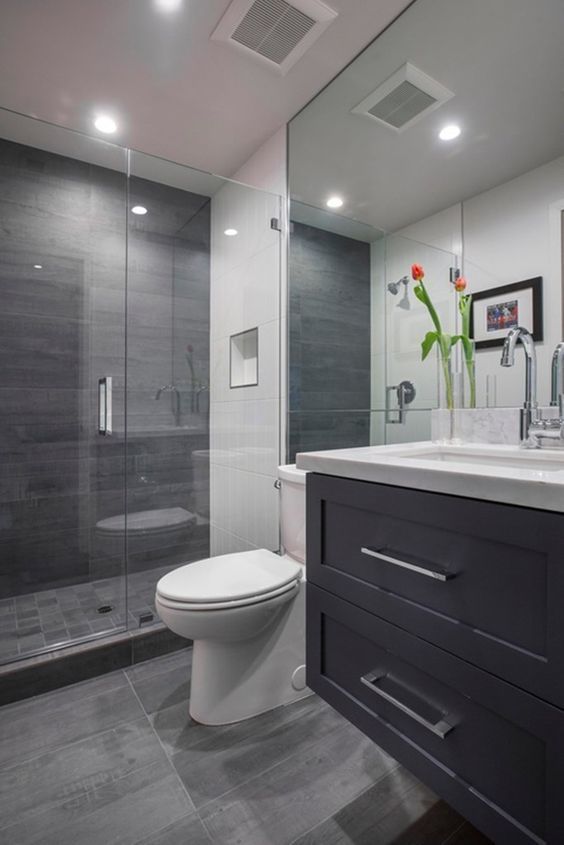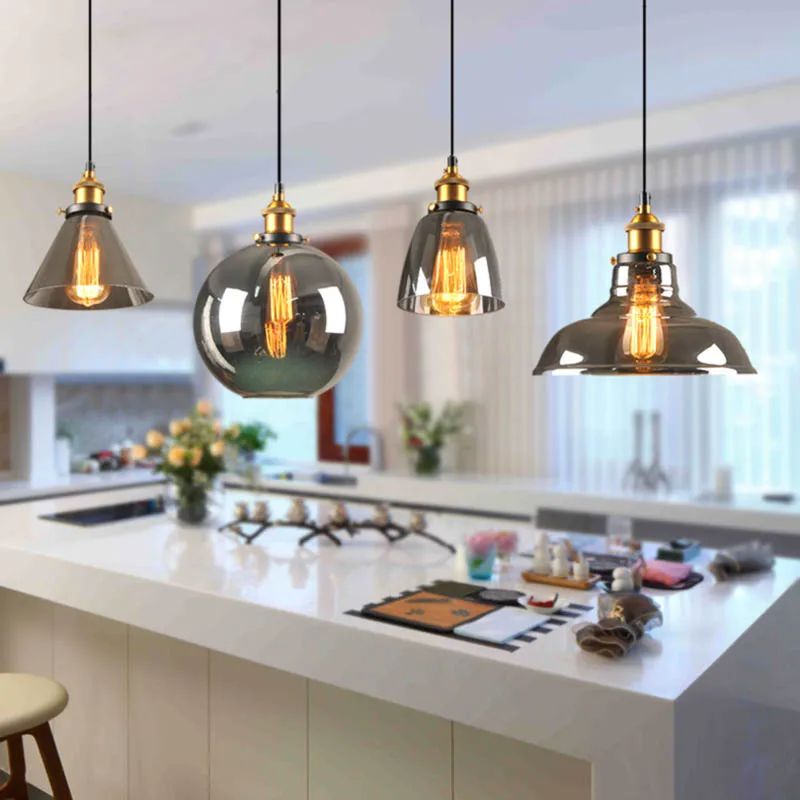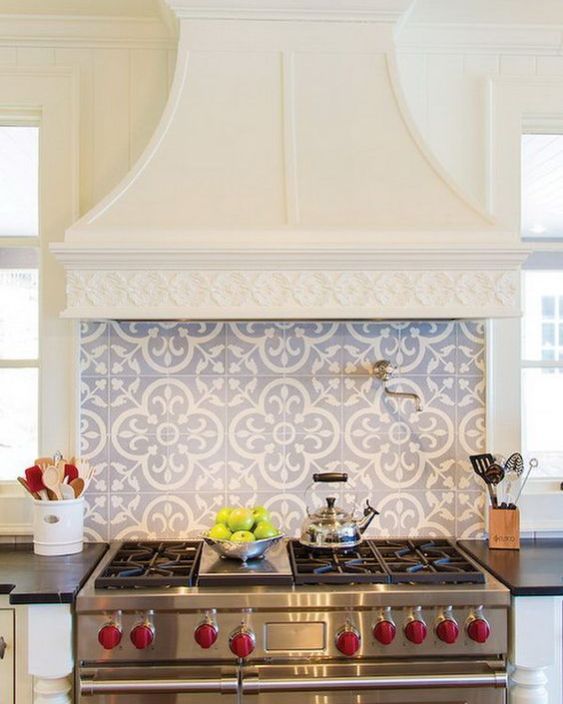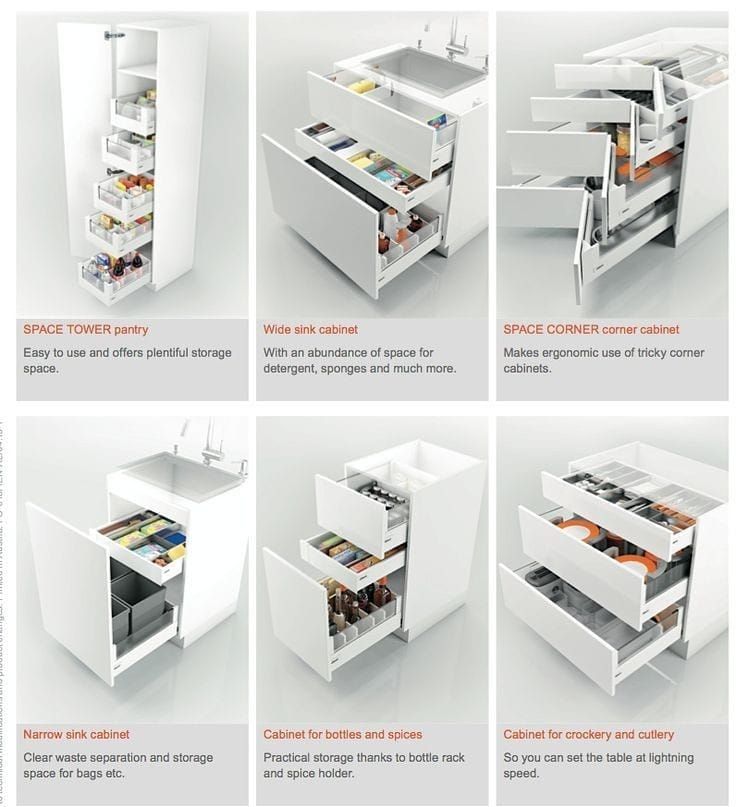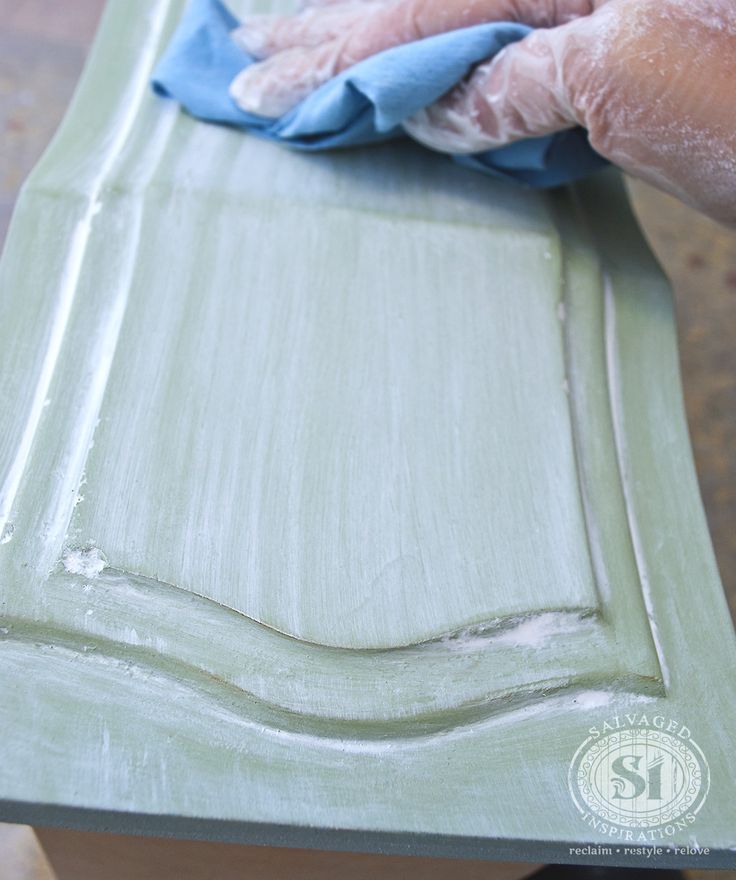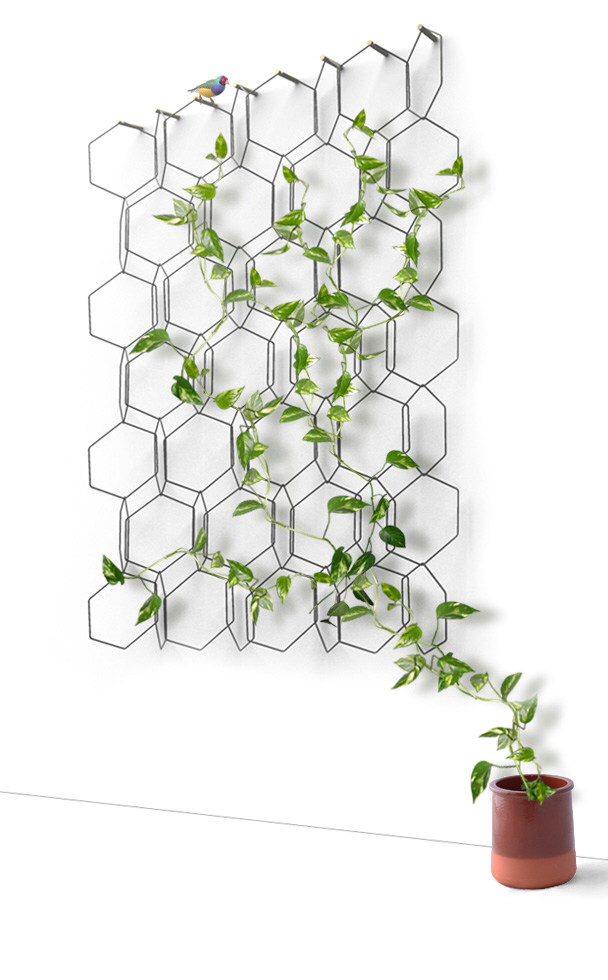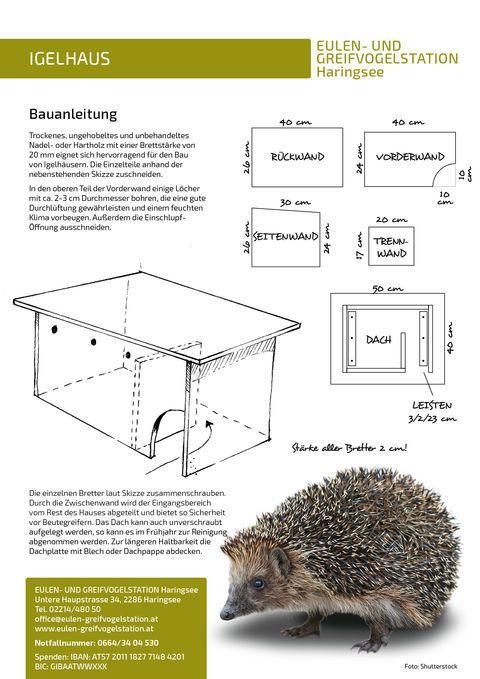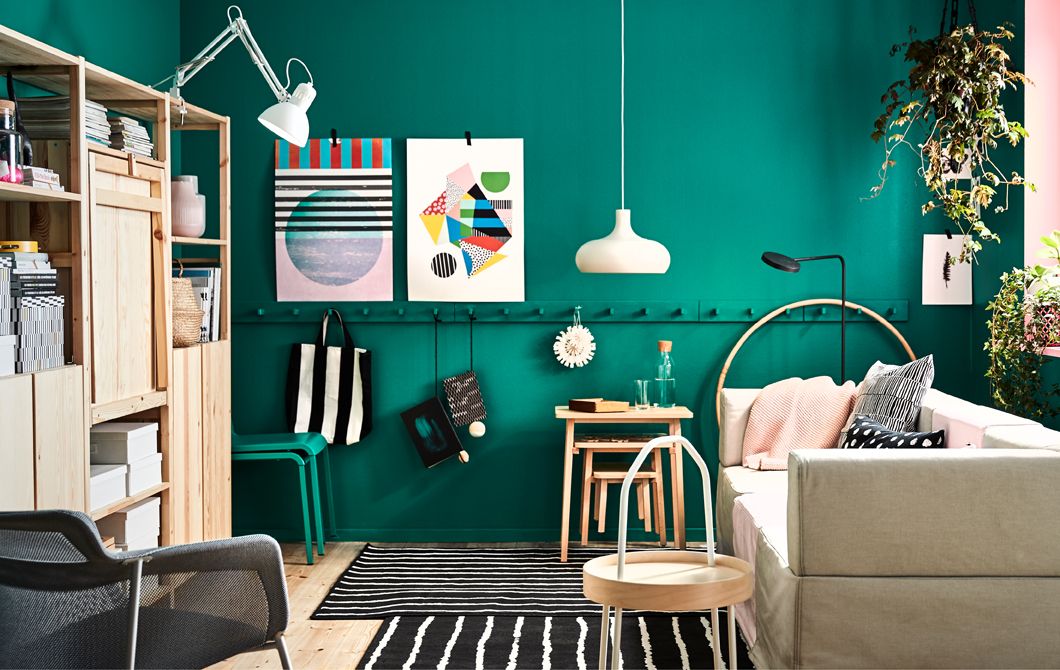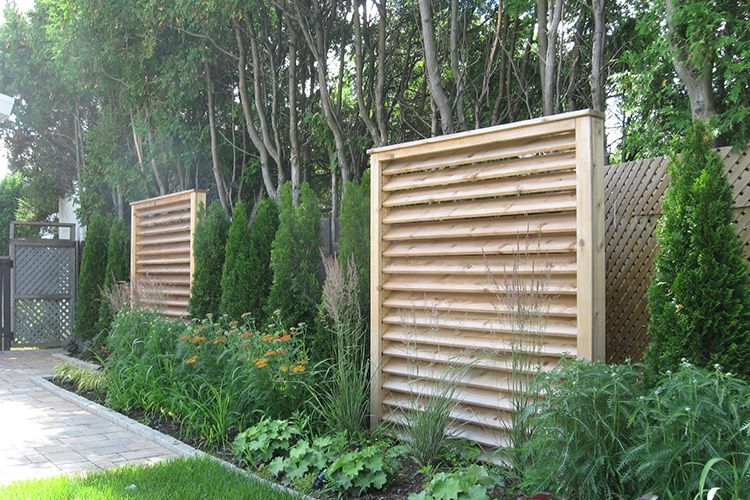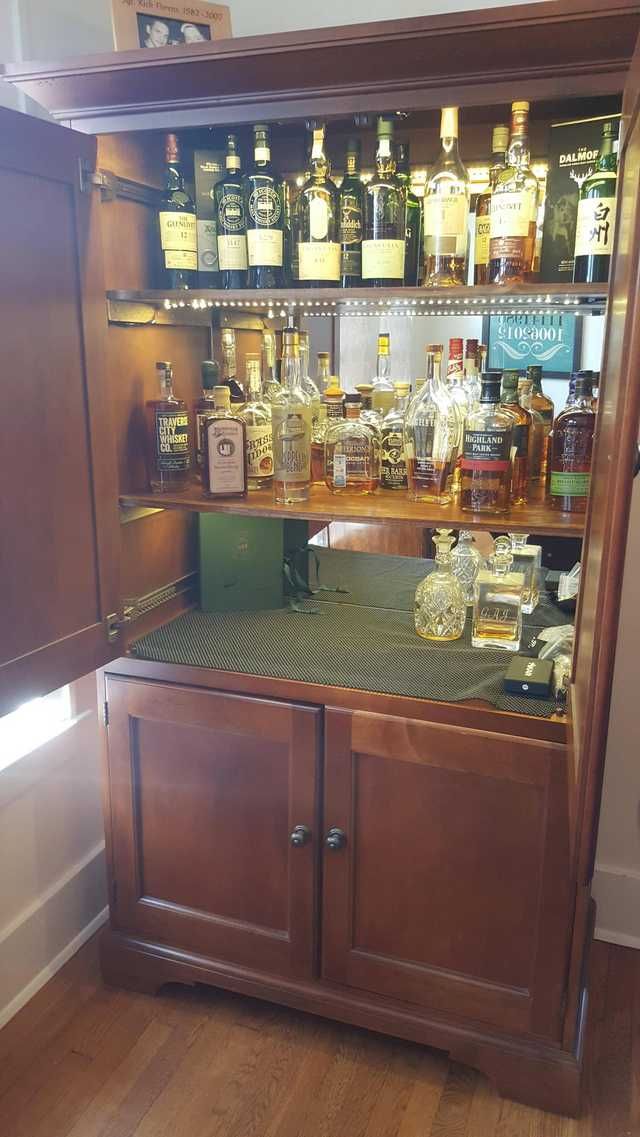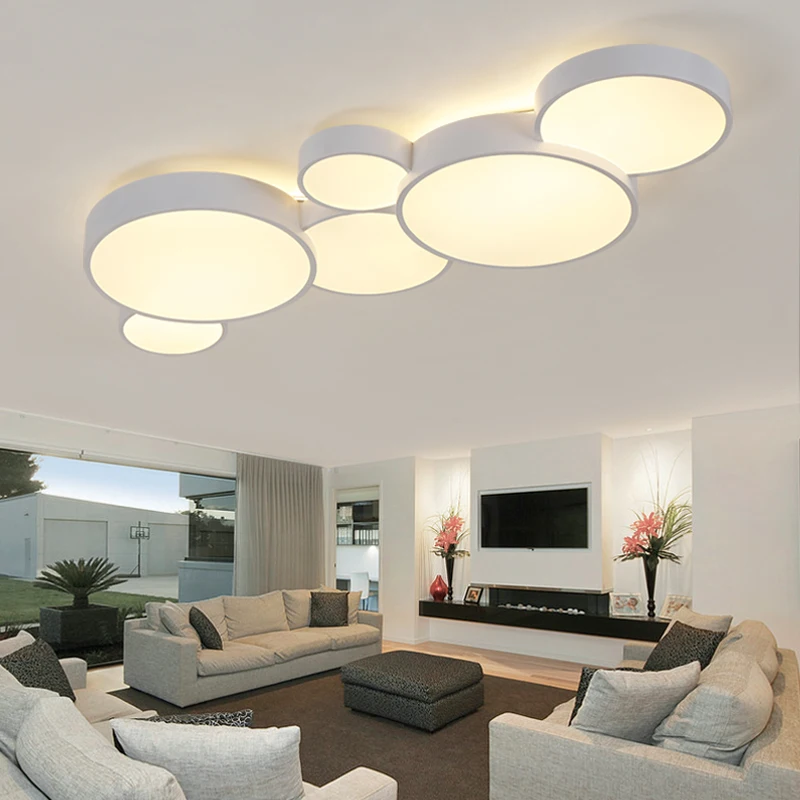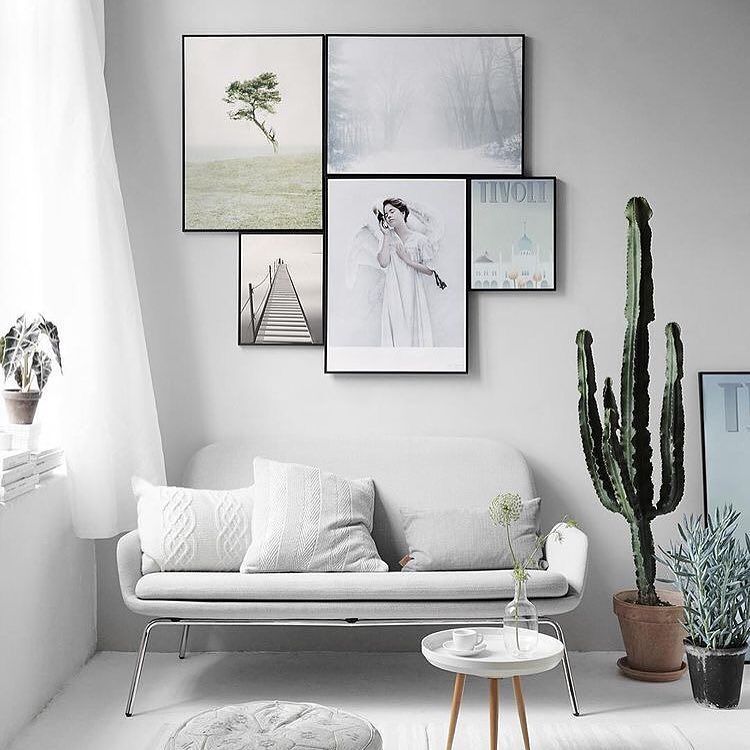Best flooring for small bathroom
Small Bathroom Flooring Ideas That Will Transform Your Space
Small Bathroom Flooring Ideas That Will Transform Your Space
Bathrooms vary in size, and most people struggle with remodeling a small bathroom. However, it is not a bad thing to have a small bathroom. In our opinion, small is often better. If done right, small bathrooms can have a big impact. If you focus on the right elements, you can make the most of your space. For instance, the right small bathroom flooring ideas can transform your bathroom in no time.
While it can be challenging, if you understand the different types of flooring options, the process becomes much easier. Let’s have a look at some common flooring options and ideas that you can use for your bathroom remodel.
Ceramic and Porcelain Tiles
Photo by Ryan Christodoulou on Unsplash
The classic and trustworthy ceramic tile is the best option for your small bathroom. It is easy to install and impervious to water. Going for bigger tiles can make your bathroom feel less cramped and create an illusion of a bigger bathroom.
However, if you still wish to go for smaller tiles, you can opt for the spiral mosaic tile that is quite common yet always trendy for a bathroom tile. These tiles are porcelain mosaic, which is unglazed and makes an excellent choice for the bathroom floors and walls.
This mosaic is simply four white tiles spiraling around one black tile, which is simple yet chic. You must also choose a neutral grout that does not overwhelm your small bathroom and blends in naturally.
Natural Stone
Natural stone tiles give your bathroom an incredibly luxurious and high-end look, but it may fall heavy on your pockets. It is not the easiest or the cheapest job in the world, but it is worth it.
These stones are a little expensive, but installing marble, granite, slate, or travertine can make your small bathroom look very lavish and also increase the resale value of your house.
The sleek slate floors give an ultra-modern look to your bathroom. Since your bathroom is small in size, the installation and the amount of material you buy for the installation may not cost you a lot.
However, if you plan to install this material, you should be aware that it is quite porous and may need sealing every year.
Luxury Vinyl Plank
Photo by Filios Sazeides on Unsplash
If you want the rustic vintage design for your bathroom but are smart enough to know that you must not install solid hardwood in a wet place like that, your best option is to go for high-end vinyl planks. Luxury vinyl planks are the ultimate waterproof solution and one of the best small bathroom flooring ideas!
Installation of vinyl planks is straightforward since you simply need to stick it on without any nails or glue. It highly resembles wood and can easily create an illusion without you having to spend a lot on it. Luxury vinyl planks are incredibly cheap, easy to install, and may give your visitors an unexpected view of ‘wood’ on a bathroom floor.
Waterproof Laminate
Photo by Obi Onyeador on Unsplash
Waterproof laminate has a thermoplastic core, which looks similar to luxury vinyl planks but lacks the fireboard base, which swells up upon contact with water. Waterproof laminate is different from vinyl flooring since vinyl is dense and has an integrated layer structure.
However, waterproof laminate has a honeycombed plastic base that does not swell up when it comes in contact with water. It is up to 8 mm thick and is, therefore, a suitable material to install as bathroom flooring.
Now that we just spoke about several small bathroom flooring ideas, let us talk about some ways to jazz up the bathroom floor. You can try by playing with the tile shape and layout in the bathroom.
If you want your bathroom to look fabulous, the trick is not to overwhelm it with colors. And therefore, you must focus on other things such as shapes, sizes, and textures, apart from the colors.
Use Unconventional Tile Shapes
Photo by Raquel Navalon Alvarez on Unsplash
There are many shapes of tiles available for your bathroom flooring, the most common ones being squares and rectangles.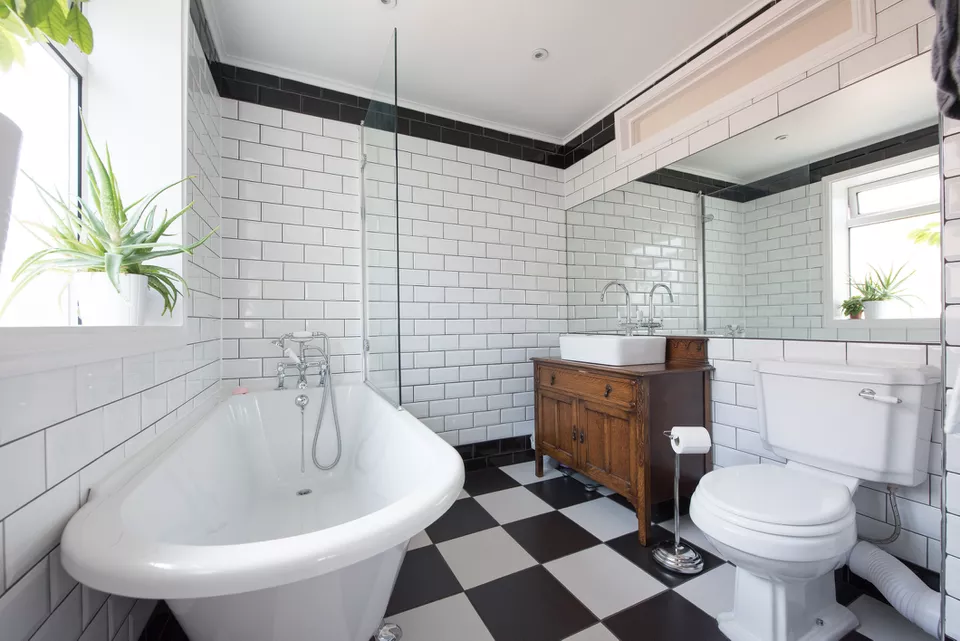 Playing with your tile shapes is the best way to make your bathroom look quirky and different from the others.
Playing with your tile shapes is the best way to make your bathroom look quirky and different from the others.
The best way to add some funk to your bathroom flooring is to use unconventional tile shapes that give your bathroom an intriguing look by becoming the major focal point. Penny glass, arabesque tiles, or simple rectangular mosaic tiles give your bathroom floor a unique and luxurious makeover and provide a dramatic look to your bathroom floors.
Go for Rich Textures
When your bathroom is small, you need to find ways to make it look eccentric and distinctive. Since it lacks size, it should have some nice features to make it stand out.
Another one of the best small bathroom flooring ideas is to go for rich textures. You can always give your bathroom a quaint and quirky look with the help of high-textured tiles.
Marble tiles have bold lines and colors that pop, which make the bathroom look splashy and vibrant. If you go for porcelain tiles, some of them have a rusted iron look that gives the bathroom a vintage, rustic and chic design.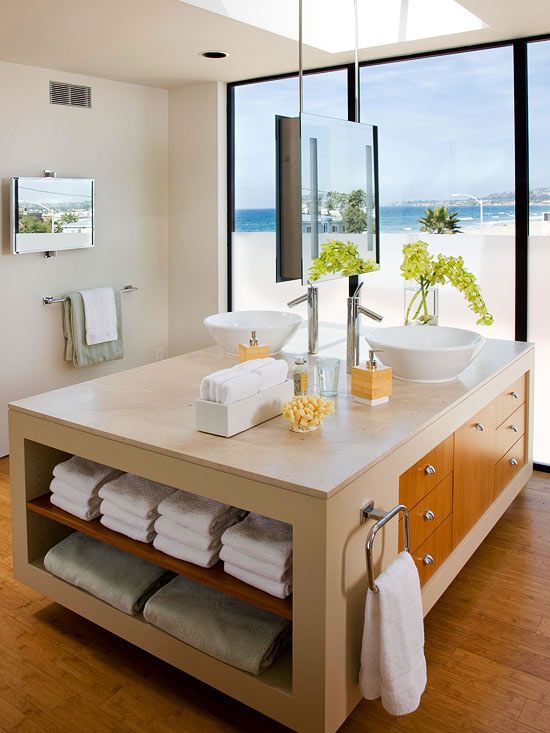
14 Small Bathroom Floor Ideas From Designers
Choosing thoughtful, stylish, and durable flooring is essential to setting a strong foundation in any room. But this is especially true in small bathrooms, which tend to provide some tricky conundrums. Big-ticket items (showers, tubs, sinks, and toilets!) and storage needs tend to get most of the attention, but choosing the right materials for your surfaces deserves some thought too, as this can end up making a big difference. So consider this a friendly reminder not to underestimate flooring! Whether you're looking for creative design solutions to make do with a less than ideal bathroom floor situation, or you're about to embark on a renovation, you're in the right place. With 14 small bathroom flooring ideas from designers ahead, you'll get to know the best materials for a bathroom environment, while also seeing inspiring decorating ideas and tips.
1
Natural Stone Slab
Read McKendree
Lucy Harris extended a tile wall all the way across the bathroom to for a consistent feel, an essential in a small bathroom.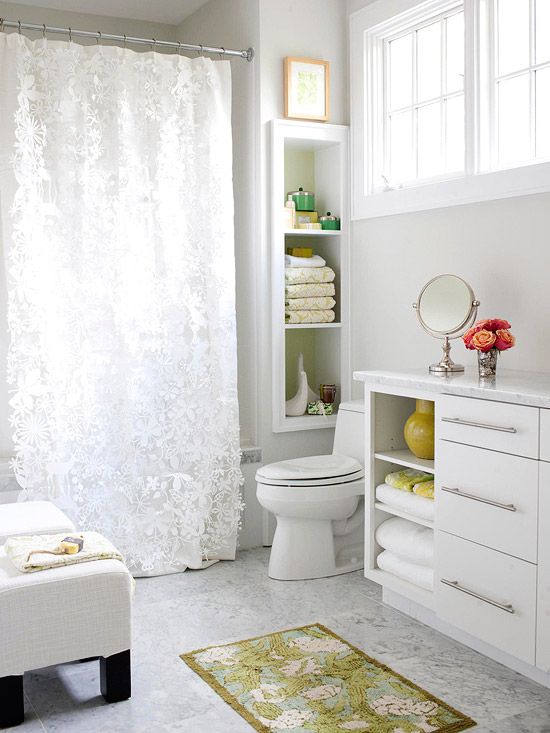 For a similar level of consistency, while still incorporating contrast, she used the same marble slab on the bathroom floors. All-glass shower doors keep it feeling open and breezy.
For a similar level of consistency, while still incorporating contrast, she used the same marble slab on the bathroom floors. All-glass shower doors keep it feeling open and breezy.
2
Wood
Trevor Tondro
This marble and glass shower is a welcome modern surprise in the rustic 1770s Charleston residence designed by Cameron Schwabenton. The overall eclectic approach honors the integrity of the home's history with rustic wood foundations. But by incorporating more modern materials, like the marble and glass used in the shower, it also feels contemporary and polished.
3
White Painted Wood
Paul Raeside
A simple design trick? Paint your surfaces white for a bright, crisp upgrade. Designer Andrew Flesher gave this small farmhouse bathroom a fresh coat of white paint, including on the old wood floors. He also made the most of the limited space by skipping bulky cabinets and installing a floating basin sink.
He also made the most of the limited space by skipping bulky cabinets and installing a floating basin sink.
4
Natural Stone Tiles
Heidi Caillier
A great way to save without totally compromising your vision is to use natural stone tiles instead of larger seamless slabs. Given their natural resistance to water, natural stone tiles like marble or granite are an excellent flooring choice for a saturation-prone space like a bathroom. This bathroom designed by Heidi Caillier features black and white stone tiles on the floors and alternating gray marble subway tiles on the shower e.
5
Graphic Porcelain Tiles
Haris Kenjar
Designer Andy Beers of Ore Studios created a bold irregular pattern with graphic floor tiles that are further emboldened by a modern pendant in this small bathroom.
6
Poured Concrete
Leanne Ford Interiors
On the durability scale, concrete flooring ranks highly especially when it comes to water resistance. The edgy look of poured concrete is also perfect for any risk-takers or city dwellers with modern style out there. Instead of having to choose between a shower and a tub (or cramping in both) Leanne Ford used concrete flooring in this entire bathroom and installed a central drain so that the space can function as a wet room.
7
Zellige Tiles
Laure Joilet
The small dusty pink and mauve zellige tiles and cheerful tangerine powder-coated cabinets bring so much life to this bathroom designed by ETC.etera. They offer a more eclectic and unique look because of their unique firing process than other clay tiles.
8
Wood-like Vinyl
Robert Peterson / Rustic White I
For a bathroom just off the main bedroom in Alison Victoria's Atlanta loft, the HGTV star designer made it feel more spacious and open by not installing doors and by using the same flooring in every connecting room. When Victoria moved into the loft, the existing concrete floors had a red-orange stain, so she laid vinyl plank flooring that resembles wood throughout the space. It's a great budget-friendly alternative to wood, and it's super durable (i.e., perfect for bathrooms!).
When Victoria moved into the loft, the existing concrete floors had a red-orange stain, so she laid vinyl plank flooring that resembles wood throughout the space. It's a great budget-friendly alternative to wood, and it's super durable (i.e., perfect for bathrooms!).
9
Colorful Area Rug
Hadas Dembo
Mise en Scene Design opted for contrasting copper features for a moody yet rustic feel in this powder room. A vibrant blue area rug emboldens the entire room. If you're not quite ready to rip up your floors or you want to experiment with some color schemes, throw an area rug in a bold color over the floor, as seen here.
10
Terra Cotta Tiles
Corinne Mathern Studio
In this modestly sized powder room designed by Corinne Mathern Studios, the tiny shelf transforms an awkward corner into something chic and pracical It's just large enough to fit a select few cosmetics or a vase with flowers. Modern lighting and accessories fix it the contemporary moment while the original terra cotta flooring honors the Spanish Revival architectural bones.
Modern lighting and accessories fix it the contemporary moment while the original terra cotta flooring honors the Spanish Revival architectural bones.
11
Graphic Ceramic Tiles
Atelier ND
Ceramic tiles are an easy favorite in bathrooms, especially on the floors. They're very water-resistant, easy to clean, and they’re incredibly versatile, coming in essentially every shape or color. Here, in this small bathroom by Atelier ND, a wavy contrasting floor tile is carried up the side of a built-in tub, unifying several surfaces in this bathroom.
12
Carpeting
JAke
The thin carpeting connects this small bathroom and dressing room by McLaren.Excell to the primary bedroom beyond and also provides a soft landing for cold feet. The swanky custom gold details, industrial matte and concrete materials, and warm wood paneling blends monastic calm with bold design.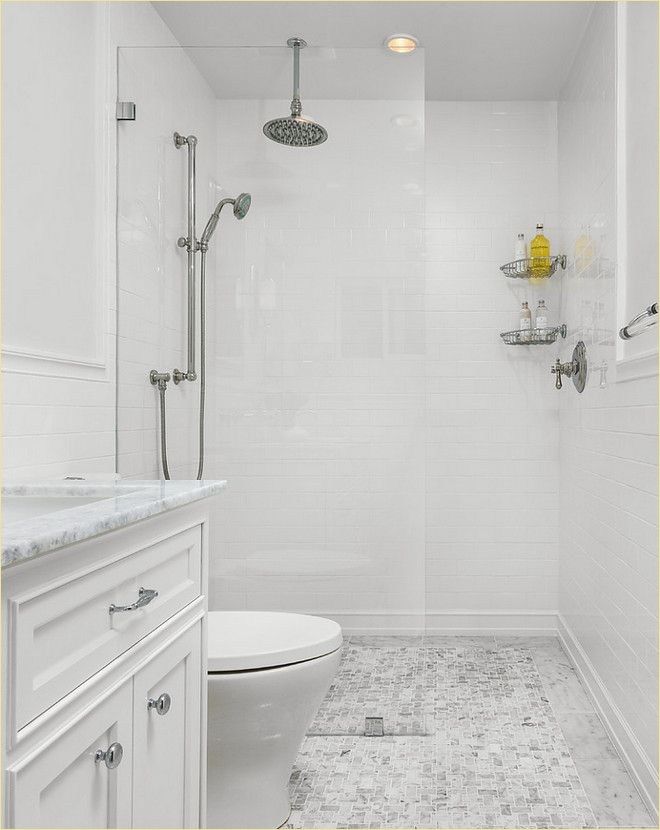 Carpet doesn't seem like the best fit for splash zones, but with the right shower design, it can actually work quite well.
Carpet doesn't seem like the best fit for splash zones, but with the right shower design, it can actually work quite well.
13
Cork
Shawn Henderson
Cork is an eco-friendly material and it's also gaining more traction in the design world. In this tiny New York City powder room designed by Shawn Henderson, it proves an unexpectedly stylish surface material. If you do decide to use it on your floors, make sure you finish it with a water-resistant coating to ensure a long lifespan.
14
Mosaic Tiles
Heidi Caillier
In this bathroom by Heidi Caillier, a unique pattern is created in the shower with a mix of mosaic tiles and subway tiles. The rest of the floors are wood.
Hadley Mendelsohn Senior Editor Hadley Mendelsohn is House Beautiful's senior design editor and the co-host and executive producer of the podcast Dark House.
Choosing flooring for the bathroom
When choosing flooring, the bathroom is perhaps one of the most difficult areas of the apartment. After all, it is necessary to take into account not only sudden changes in temperature and high humidity: the material must also be safe and have an aesthetically attractive appearance. Consider what you should focus on when choosing a floor covering, as well as the key features of various materials.
Flooring selection criteria
Bathroom flooring must be durable, non-slip, moisture-resistant and beautiful
In order for the flooring to last as long as possible and not cause inconvenience, the following requirements must be considered:
- Moisture resistance . The material should not be destroyed by frequent contact with large amounts of water. The waterproofing properties of the coating should also be taken into account.
- Safety . The coating should be chosen from a material that will not be slippery.
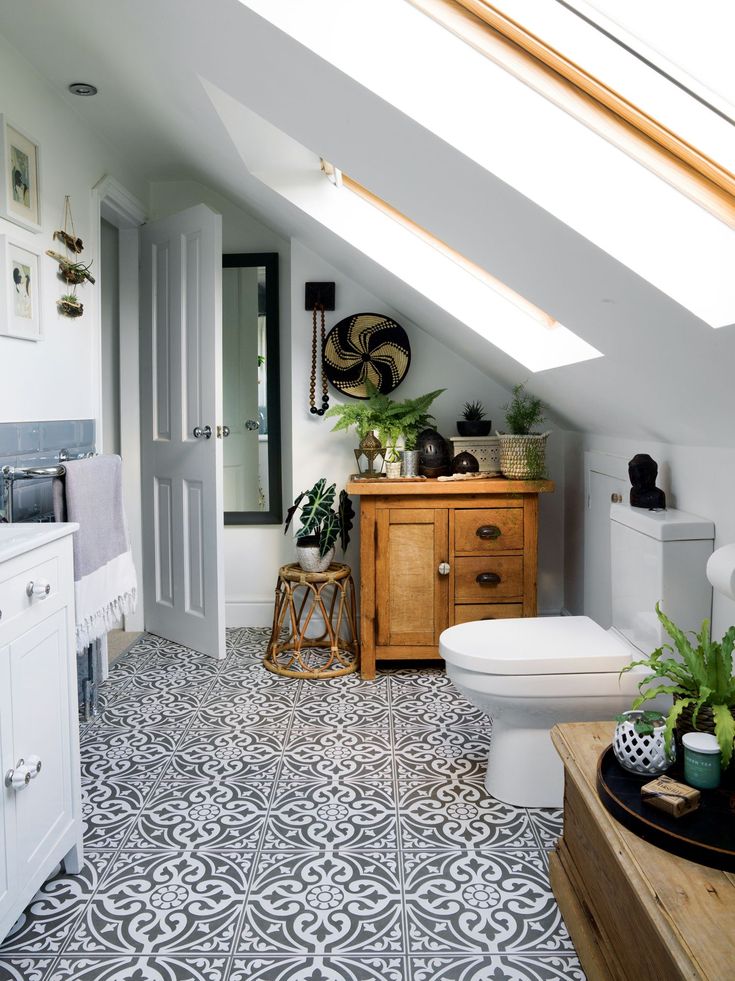 It is desirable that the material be elastic: in the event of a fall, it will soften the blow. nine0014
It is desirable that the material be elastic: in the event of a fall, it will soften the blow. nine0014 - Comfort temperature. Material must not be cold to the touch.
- Easy to install. No complicated electrical tools or time consuming to install.
- Strength . The flooring must withstand mechanical stress - not be crushed under the weight of furniture, not deteriorate from falling heavy objects and from walking on the floor in heels. nine0014
- Flood resistance . The floor covering must be resistant to flooding. That is, to maintain their performance even after a long stay under the water column.
- Easy maintenance . The floor covering must be resistant to interaction with household chemicals and not let in moisture, so that accidentally spilled water is not immediately absorbed into the floor.
- Material aesthetics . The floor covering should be not only functional, but also pleasing to the eye, creating an atmosphere of comfort in the bathroom.
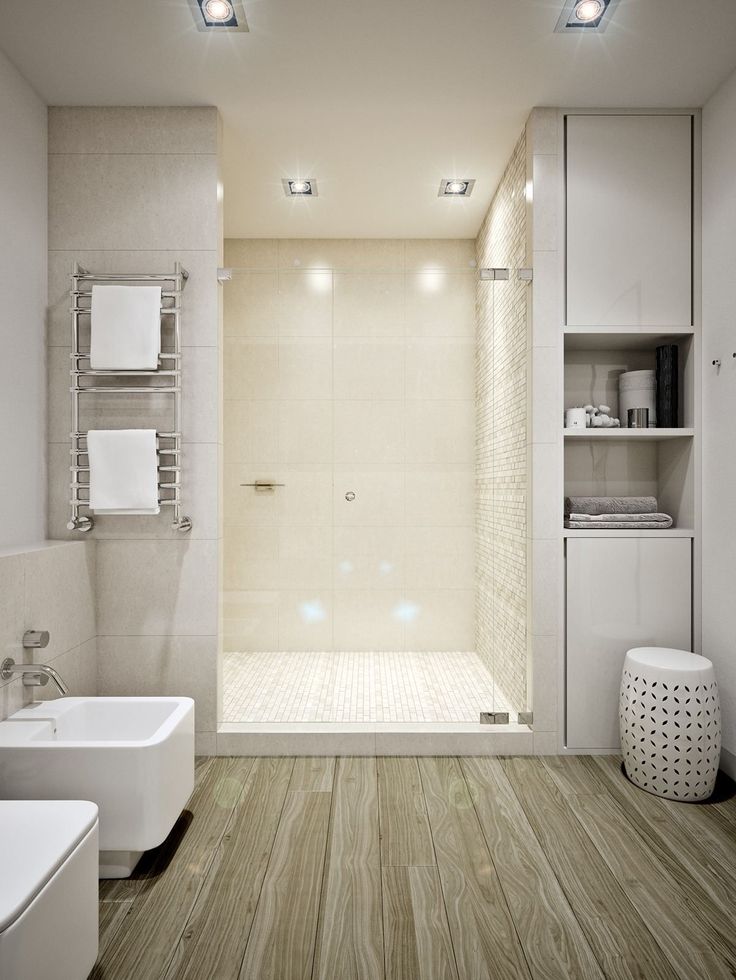 nine0014
nine0014
What threatens the use of non-moisture resistant materials
Perhaps, of all the above criteria, moisture resistance is considered the most important for bathroom flooring. Finding even a microscopic gap, water will seep through the flooring, get to the base and destroy it.
If wood-based flooring is used, the leaking water will not only flood the neighbors, but the flooring may permanently deteriorate, mold or fungus will appear, which will affect the health of the household. nine0003
In this case, the floor covering must be removed and the substrate thoroughly dried. Long, difficult, dirty, besides, during the repair it will not be possible to use the bath or shower.
Types of floor coverings
Theoretically, the following types of flooring can be used for bathroom floors:
- linoleum;
- deck board;
- ceramic tiles and tiles;
- stoneware;
- waterproof laminate; nine0014
- cork floor;
- quartz-vinyl.
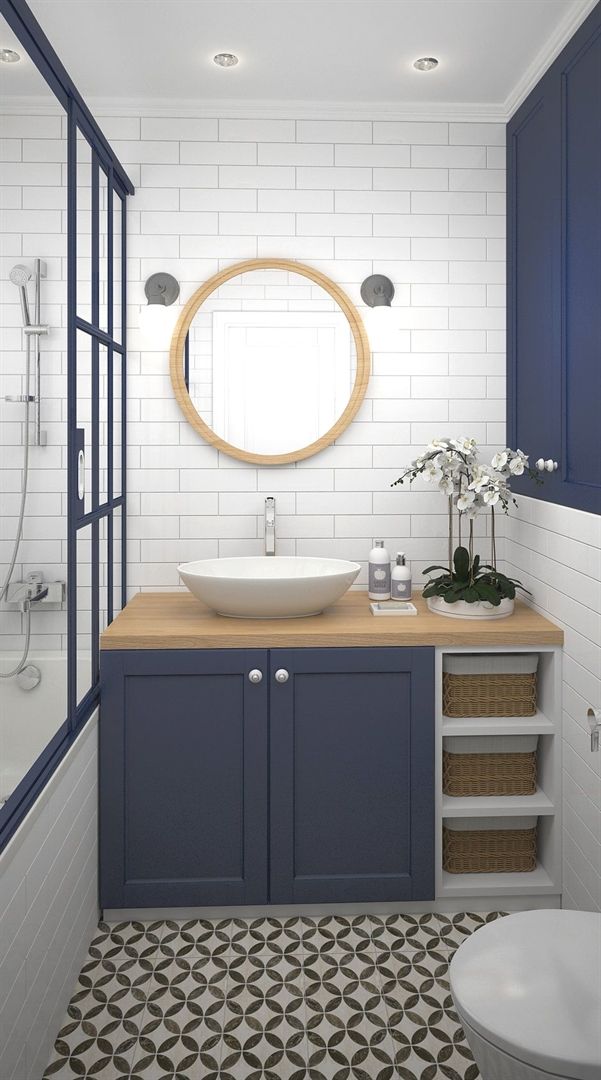
Consider the main features of each material.
Linoleum
Linoleum in the bathroom is best laid with an overlap - so that water does not get under the floor surface
One of the most inexpensive options for use as flooring in the bathroom. Linoleum is chosen for its elasticity, a variety of colors and simple installation with a single sheet. The surface of the floor is quite smooth and resistant to moisture. nine0003
When laying linoleum, it is important to avoid gaps between the material and the substrate. You should also isolate the joints between the wall and the linoleum so that water does not get there. For the bathroom, it is better to use embossed linoleum, which will not be too slippery in a humid environment.
The disadvantages of linoleum include low strength. It is easily squeezed and torn.
Deck board
The best wood for deck board flooring is larch
Often used in areas with high humidity, not only in bathrooms, but also near swimming pools.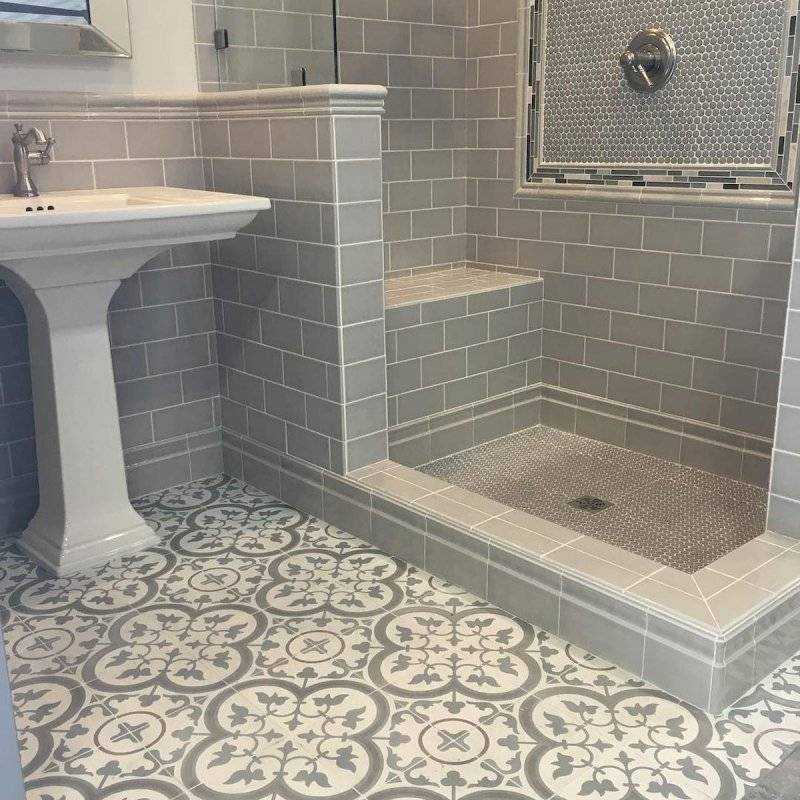 The deck board is an environmentally friendly material with a natural texture. Such a coating has a low thermal conductivity, so it does not require the installation of underfloor heating under it. nine0003
The deck board is an environmentally friendly material with a natural texture. Such a coating has a low thermal conductivity, so it does not require the installation of underfloor heating under it. nine0003
Larch, oak or cedar deck boards are best suited for bathroom flooring. These types of wood are rot resistant and durable. The heat treatment of the material with steam up to 200 ° C will also be a bonus - this gives the board additional hardness and resistance to stress.
The disadvantages include the complexity of installation - the boards must be tightly adjusted to each other so that there are no gaps that moisture can get into. In addition, at least once a year, the coating has to be treated with special water-repellent oils. Being a natural material, deck board is quite an expensive option for flooring. nine0003
Ceramic tiles and tiles
Tiles - perhaps the most common type of bathroom flooring
Tiles and tiles are absolutely impervious to moisture, they are difficult to rub or scratch. Such a floor covering is quite cold due to the high thermal conductivity, so for comfortable use you will need a “warm floor” system. Installation of ceramic materials is complicated and dirty, the help of specialists is needed.
Such a floor covering is quite cold due to the high thermal conductivity, so for comfortable use you will need a “warm floor” system. Installation of ceramic materials is complicated and dirty, the help of specialists is needed.
True, tiles and tiles are rather slippery, and it is very unpleasant to stand on a cold surface with bare feet. Another significant drawback is the fragility of the ceramic floor. From the fall of a heavy object, the tile is covered with cracks, and replacing such a floor covering is a laborious process. nine0003
Porcelain stoneware
Porcelain stoneware is considered unsuitable for bathrooms as it is too cold and slippery
One of the strongest and most durable materials, but limited in color options.
Waterproof laminate
Laminate is a durable material. However, prolonged contact with water is not recommended for him.
The peculiarity of the material is its greater reliability compared to conventional laminate.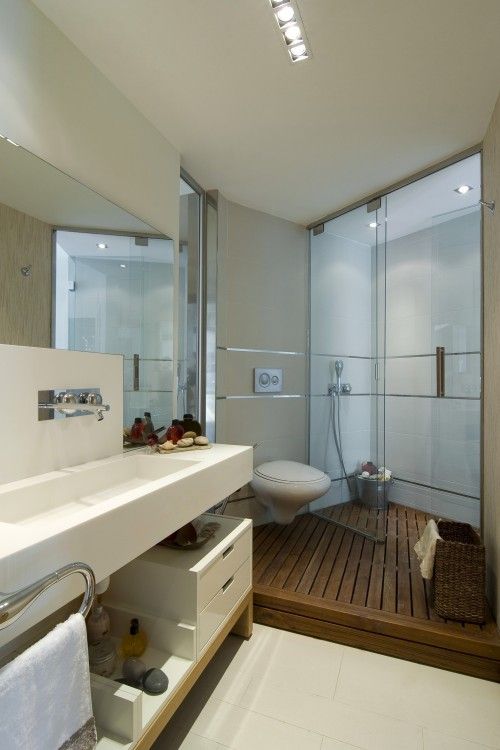 Pleasant-looking, water-resistant laminate is produced by high-pressure pressing, which increases its strength, resistance to damage and durability. nine0003
Pleasant-looking, water-resistant laminate is produced by high-pressure pressing, which increases its strength, resistance to damage and durability. nine0003
Despite its solid water repellency, laminate should not be left wet for long periods of time. Water can seep through even tight-fitting seams.
Cork floor
Cork flooring has excellent performance. However, such a coating requires special skills during installation.
Cork floors began to gain popularity relatively recently. The strength of cork is combined with elasticity and resilience - it is pleasant to walk on such a floor and it is not afraid of falling weights. All dirt on the floor covering can be easily removed with a damp cloth. nine0003
The disadvantages of cork floors include high cost and difficulty in installation. At the same time, it is very laborious to prepare the surface for coating, the installation itself and subsequent processing.
Lacquer coatings must be carefully selected: cork is a soft material and can deform under load.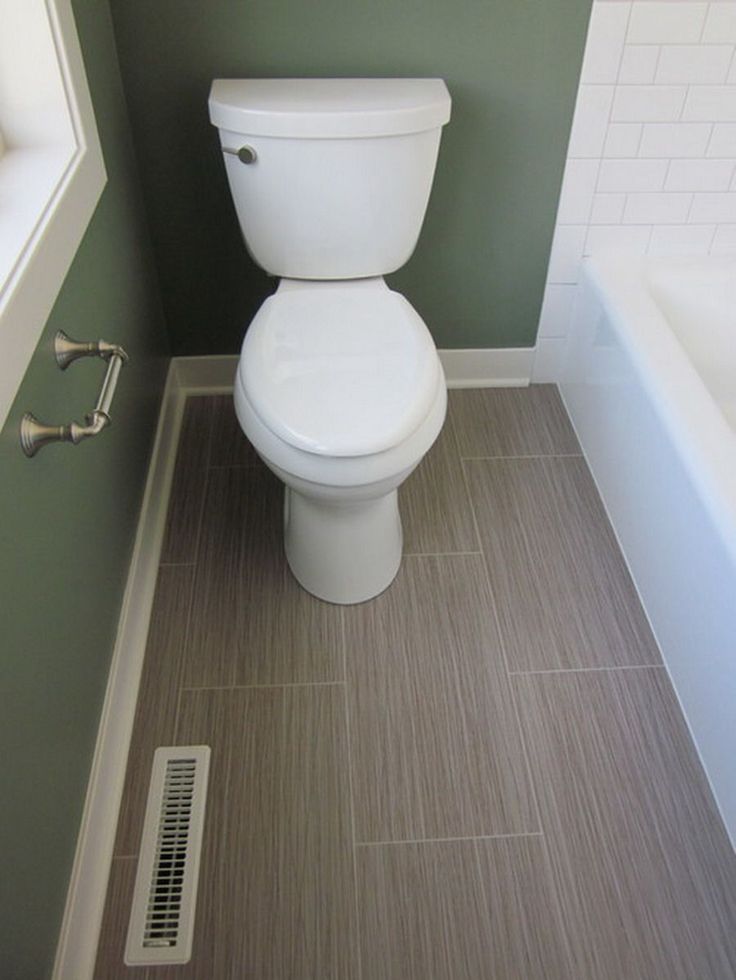 Often there are cases when varnish is taken to process the cork, which after drying becomes too hard, inelastic. As a result, due to the deformation of the cork, the varnish is covered with cracks. nine0003
Often there are cases when varnish is taken to process the cork, which after drying becomes too hard, inelastic. As a result, due to the deformation of the cork, the varnish is covered with cracks. nine0003
Quartz-vinyl
Quartz-vinyl - the perfect bathroom floor covering, which has almost no drawbacks
Fine Floor quartz-vinyl tiles - a material that is becoming more and more popular every year. Multi-layer flooring has a high level of wear resistance, and due to the combination of plasticity of vinyl and the strength of quartz, it is not afraid of falling heavy objects.
Quartz Vinyl is not just 100% waterproof. As tests have shown, such a coating can withstand complete immersion in water for 48 hours. At the same time, the tile not only does not allow moisture to pass through, but also retains its original appearance. Also on quartz-vinyl, the risk of the spread of fungus and mold is completely eliminated. nine0003
Tile installation requires a minimum of tools, and the installation itself is done quickly, without dust and noise.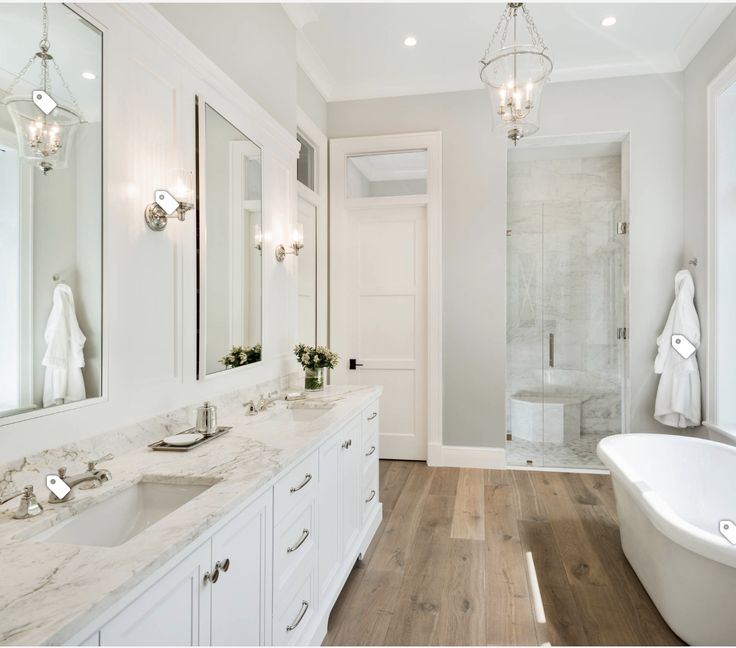 The high coefficient of slip resistance ensures the safe operation of the floor, even if it is completely flooded with water.
The high coefficient of slip resistance ensures the safe operation of the floor, even if it is completely flooded with water.
Two types of connection are used to install quartz-vinyl: lock and glue. The lock method is faster, however, it is recommended to use glue for bathrooms. Although it takes a little longer, the layer of glue provides additional waterproofing. nine0003
In addition to everything, quartz-vinyl tiles withstand constant temperature changes, do not dry out or crack. A wide variety of decorative layers with imitation of natural materials allows you to choose the perfect color scheme.
Among the disadvantages of quartz-vinyl tiles, it can be noted that the material requires a carefully leveled base for coating and is quite expensive.
Linoleum
- inexpensive
- uncomplicated
- elastic
- moisture resistant
- low strength
- Impossibility of cosmetic/partial repair
Deck board
- water resistance
- load capacity
- environmentally friendly
- low thermal conductivity
- durability nine0011 rot resistant
- high price
- installation difficulty
- additional/intermittent impregnation recommended
Ceramic tiles and tile
- full waterproof
- easy to clean
- difficult to scratch
- slippery
- cold to the touch without floor heating
- brittleness
- complex assembly and disassembly
Porcelain stoneware
- high strength and durability
- durability
- crack and chip resistance
- slippery
- cold to the touch
- complex assembly and disassembly
Waterproof laminate
- high reliability
- damage resistance
- durability
- does not withstand prolonged contact with water
- high price
- does not guarantee sustainability
Cork floor
- elasticity
- thermal comfort at touch
- high price
- Difficulty of installation and post-processing
Quartz-Vinyl
- Environmental material
- fully waterproof
- impact resistant
- non-slip
- easy to clean
- easy to install
- thermal comfort to the touch
- the base to be coated must be carefully leveled
- high price
Special for finefloor.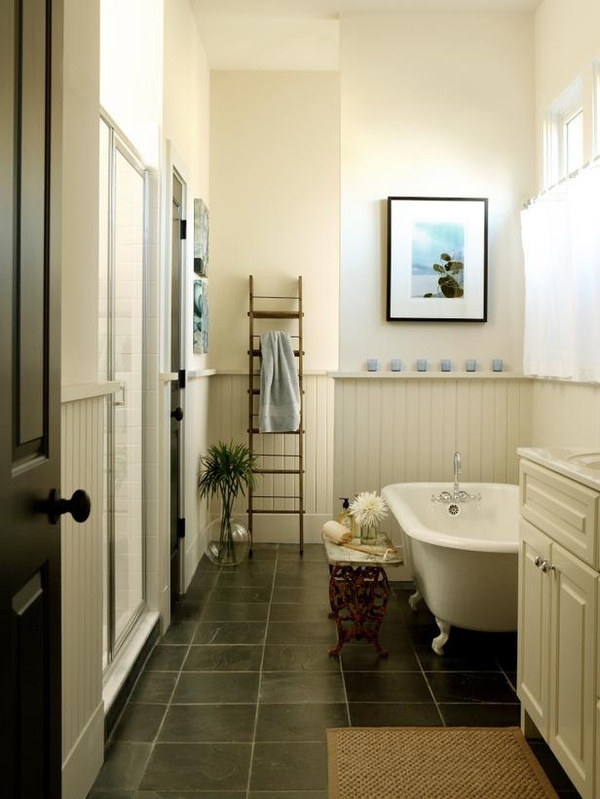 ru
ru
Which bathroom floor should I choose? – TOP 8 best materials
Selection criteria
Read also
How to choose the color of the bathroom?
In order for bathroom floors to last as long as possible, the materials must meet the following criteria:
- Water resistance. The bathroom cover should not deteriorate either from high humidity or from exposure to water that has fallen on it. nine0014
- Security. Often in the bathroom we walk barefoot, periodically step on a wet foot - so the coating should not be slippery.
- Tactility. Back to the question of bare feet: touching a cold surface is at least unpleasant.
- Hygiene. In the bathroom there is a high probability of mold development - therefore it is advisable to choose easy-care floor coverings that are not prone to the formation of fungus. nine0011 Environmental friendliness. It is unlikely that anyone wants to live in an apartment with finishes that emit toxic substances.
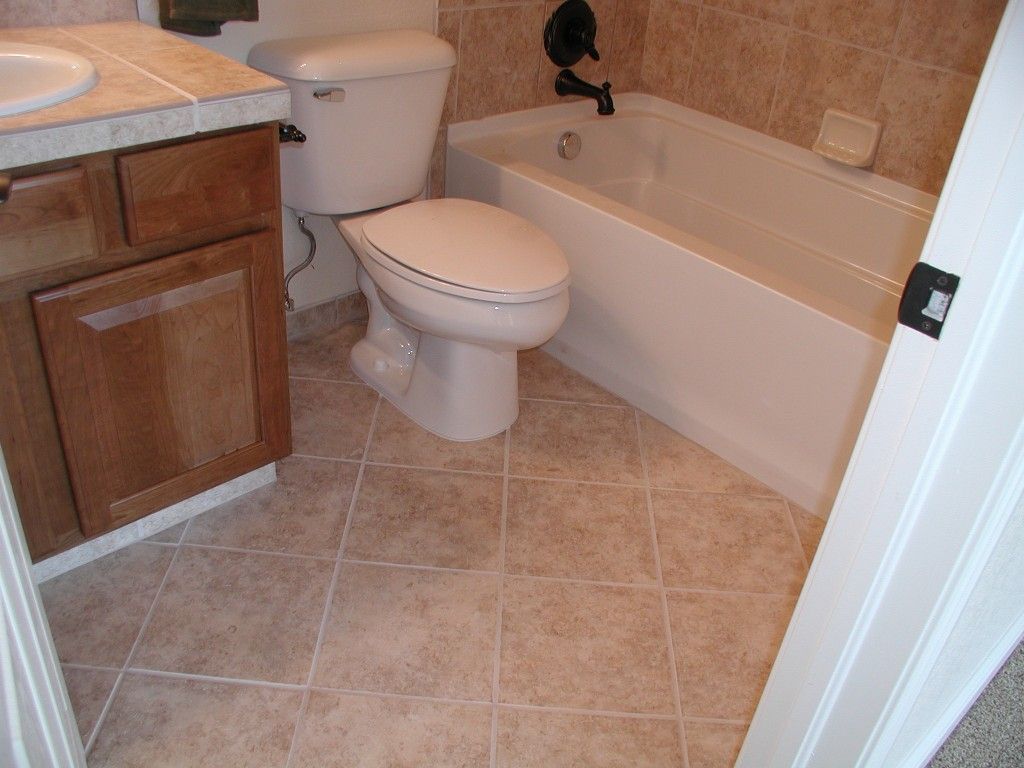
Separately, it is worth noting 2 more indicators: cost and durability. They are not fundamental for everyone, but the ability to lay floors for many years without spending a lot of money is a good bonus during a bathroom renovation.
TOP 8 best materials
8 options are best for finishing the floor in the bathroom, which we propose to consider in more detail. nine0003
Tile or porcelain stoneware
Ceramic tile and its big brother porcelain stoneware are already a kind of classic in bathroom decoration. The decision in favor of choosing a tile is made due to the large number of advantages and reparable disadvantages of this material:
| Pluses | Cons |
|---|---|
| Wide range of. It concerns colors, shapes, sizes, textures, textures, designs and prices for products. | Cold surface. In the device of the floor in the bathroom under the screed, a warm floor system is necessarily laid - without it, walking barefoot on the tiles is unpleasant.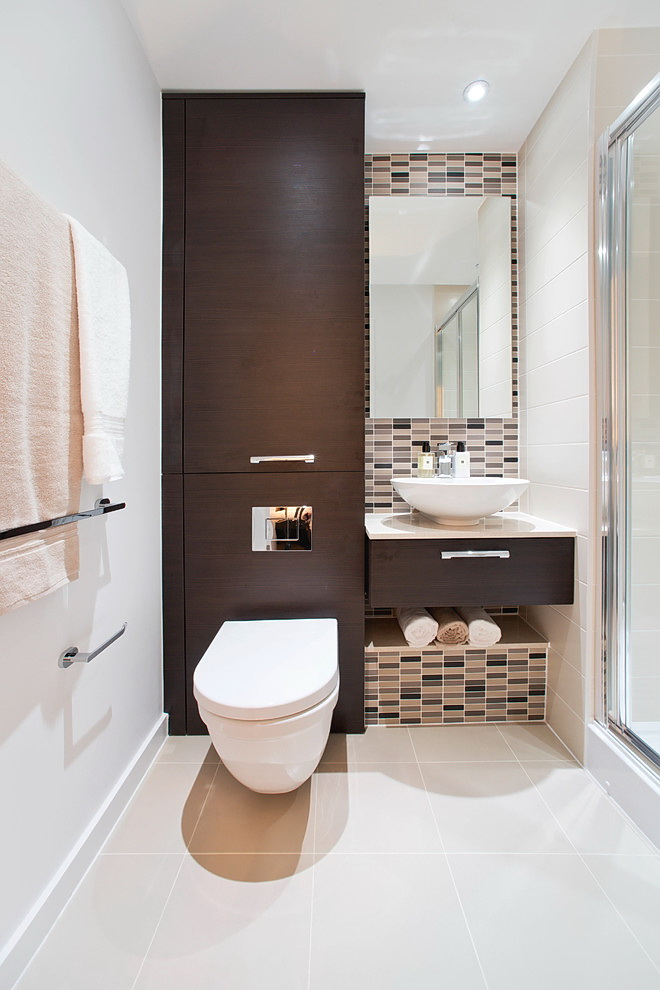 Fortunately, ceramics are not afraid of temperature changes - therefore, it is compatible with a heating system. nine0342 Fortunately, ceramics are not afraid of temperature changes - therefore, it is compatible with a heating system. nine0342 |
| 100% moisture resistant material. Suitable even for finishing shower trays. | The presence of seams. Seamless types of porcelain stoneware exist, but are expensive and rare. The bulk of the plates are laid with seams, which quickly become unusable. |
| Wear resistant. Some manufacturers give a guarantee for porcelain stoneware for 10-15 years. Although if you perform the installation according to all the rules, it can serve up to 50. | The complexity of the work. Correctly laying a tile means carefully preparing the base, making a level screed, evenly laying all the elements relative to each other. To cope with this without experience is almost impossible. nine0342 |
| Easy care. High-quality flooring is easy to clean, not afraid of even aggressive cleaners. |
The photo shows a checkerboard marble effect
Cork flooring
The original flooring - cork! The basis for manufacturing is obtained from the bark of a cork tree - while they do not suffer at all and can restore the bark in just 7-9 years.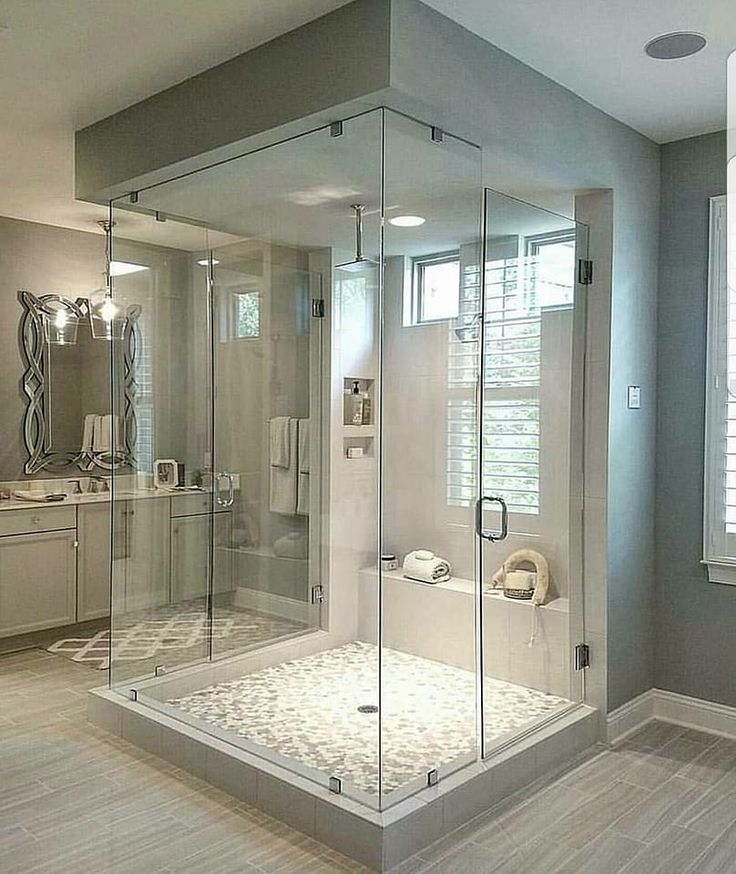 Advantages and disadvantages:
Advantages and disadvantages:
| Pros | Cons |
|---|---|
| Tactility. Walking on the always warm cork laid on the floor is a pleasure. | Tendency to damage. Not all dents from sharp objects, bumps, furniture legs, the floor will be able to recover. |
| cushioning properties. The coating "springs", thereby positively affecting the joints. | Complicated care. To extend the service life, it is required to treat the coating with a protective compound once every 1-3 years. nine0342 |
| Hygiene. The bark of the cork tree is not subject to decay, fungi. | High price. Everything is relative - cork flooring is cheaper than parquet, but more expensive than laminate or linoleum. |
| Antistatic qualities. The cork does not attract dust, the floor stays clean longer. | |
| Environmental friendliness. 100% natural material, safe for health. | |
Security.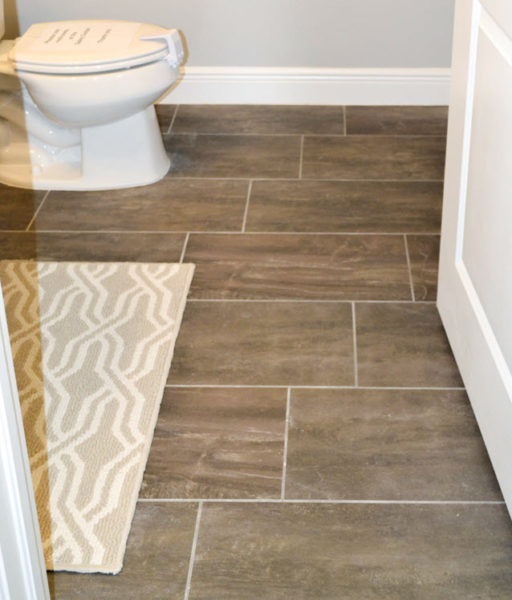 The surface is absolutely non-slip. nine0342 The surface is absolutely non-slip. nine0342 |
Self-leveling floor
Significantly different from the previous two self-leveling floor. The “laying” process is similar to pouring concrete mortar, but the result is not a rough, but a clean surface. The compositions are epoxy, acrylic, polyurethane.
| Pros | Cons |
|---|---|
| Waterproofing. An important aspect for the bathroom is protection against flooding. If the base is prepared correctly and all seams are treated with a special compound, the probability of flooding the neighbors from below in the event of a leak is close to zero. nine0342 | Difficult preparation. The right rough repair device will eat up most of the budget. |
| High impact resistance. After drying over the entire thickness of the layer, an incredibly durable coating is obtained, which is almost impossible to damage. | Difficult dismantling.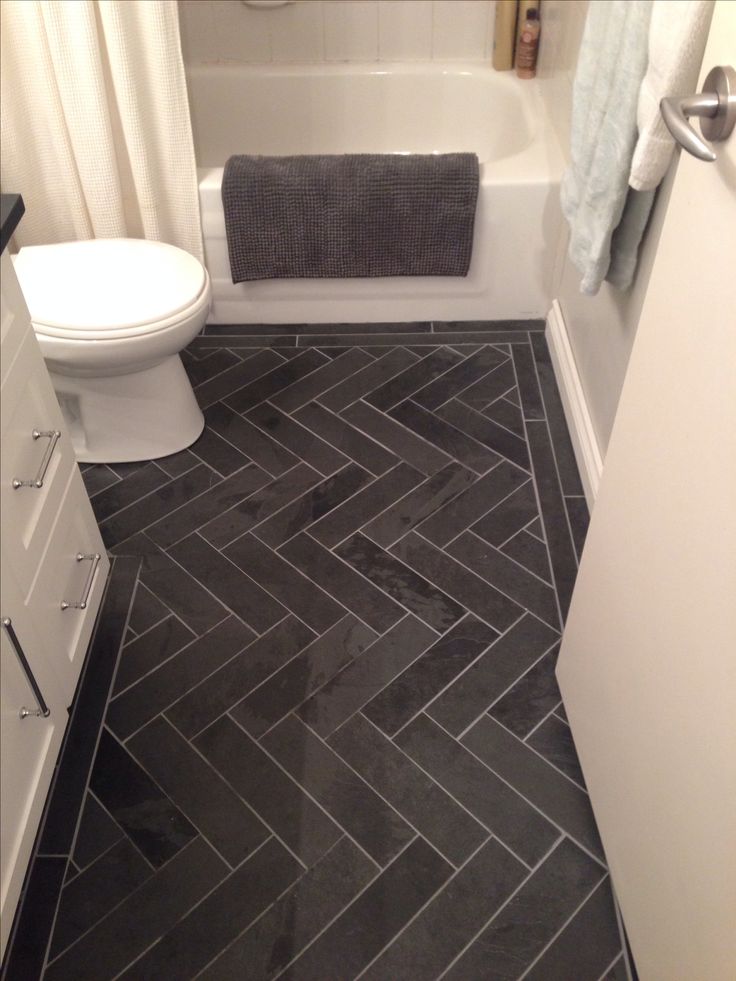 The self-leveling floor lasts ~10 years, but removing it from the screed even after the expiration date is an extremely labor-intensive process. The self-leveling floor lasts ~10 years, but removing it from the screed even after the expiration date is an extremely labor-intensive process. |
| Possibility of restoration. Even if chips appear, they are easy to fix. nine0342 | Cold outside. Definitely needs heating. |
| Hygiene. They are an unsuitable environment for the life of fungi. In addition, taking care of the floors in the bathroom is not difficult. | High price. All together - rough preparation, underfloor heating, fine pouring - will cost a pretty penny. |
The photo shows an example of a 3D floor with a pattern
Linoleum
Many people think rolled flooring is not quite suitable for bathrooms, but this is not entirely true. nine0003
| Pros | Cons |
|---|---|
| Resistant to water (as long as there are no seams). | Vapor tight. At high humidity, there is a high probability of mold formation under the decorative coating.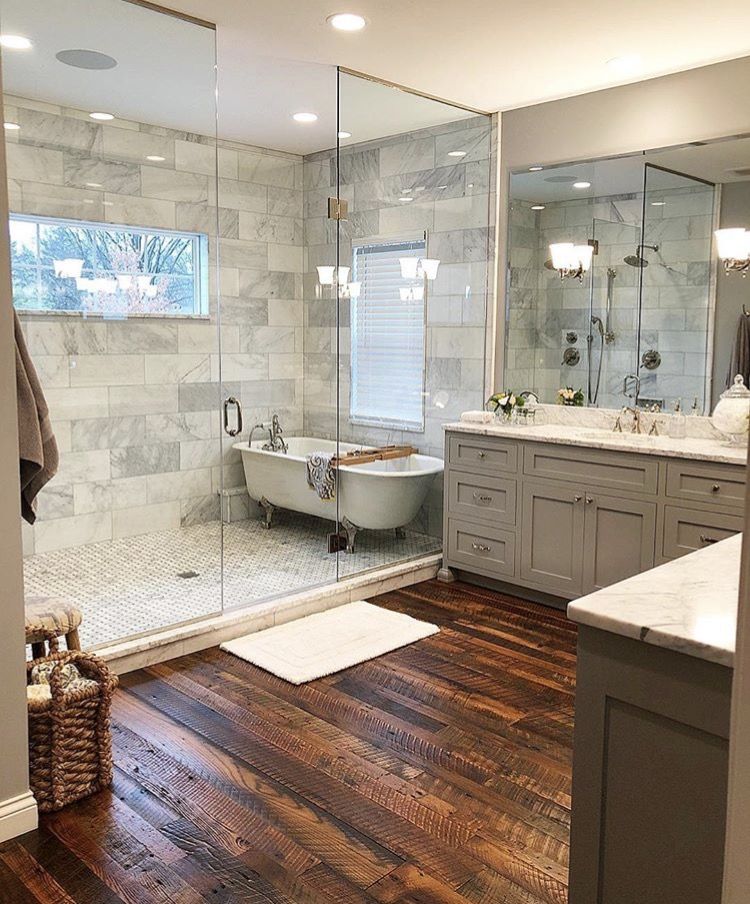 |
| Reasonable price. | Insecurity. Standard types become slippery when exposed to water. |
| Easy installation (you can make repairs in the apartment yourself). |
Rubber flooring
Modern bathroom floors can also be made of rubber. There are practically no minuses in the novelty on the market, except for an unpleasant smell - but it is found only in low-quality products. Otherwise, solid advantages:
- rubber does not let water through;
- is easy to clean;
- tiles are easy to install;
- The rubber surface is pleasant to walk barefoot.
Pictured is the colored rubber floor in bathroom
Vinyl tile
An alternative to two materials at the same time: tiles and laminate. Unlike the first, it is pleasant to the touch, vinyl is often laid without heating. The advantage over laminate is moisture resistance. PVC does not swell from water, because. the base is not pressed wood or paper, but quartz-vinyl.
PVC does not swell from water, because. the base is not pressed wood or paper, but quartz-vinyl.
The only disadvantage of vinyl tiles is their high price. For the same quadrature, you will have to pay 20-30% more money than for tiles or laminate.
Waterproof laminate
Due to hydrophobia, conventional laminate is not used in bathrooms - even water-impregnated models will not withstand constant exposure to high humidity and temperature changes for more than a couple of years.
PVC-based laminate is another matter. He is not afraid of water, but has one serious disadvantage - the chemical substance polyvinyl chloride can release toxic substances when heated.
Wooden floor
The most controversial option for wet rooms is natural wood. On the one hand, 100% environmentally friendly. On the other - intolerance to dampness, as well as "aliveness". Boards can bend, swell, shrink, rot inside and out. nine0003
nine0003
Choosing natural wood, you get an environmentally friendly, safe, heated floor. But be prepared for the need for regular maintenance: once every 6-12 months, the surface is carefully treated with impregnations and here the environmental friendliness decreases.
Color recommendations
Colors are chosen according to 2 principles: combination with the walls and practicality. In both characteristics, neutral shades (beige, gray) or the universal texture of wood win.
Too light, as well as too dark - a controversial decision. On the one hand, it looks stylish. On the other hand, it is impractical to care for.
Color options are worth considering if you want to make an accent: multi-colored tiles or tiles with oriental motifs are in trend.
The photo shows accent on the floor and inserts on the wall and screen
What to put on the floor?
If, having laid the floor without heating, you suddenly find that it is uncomfortable to stand on it with bare feet, rugs will come to the rescue! nine0003
Models with a rubberized base will not let water through to the floor, but may 'fade out'.